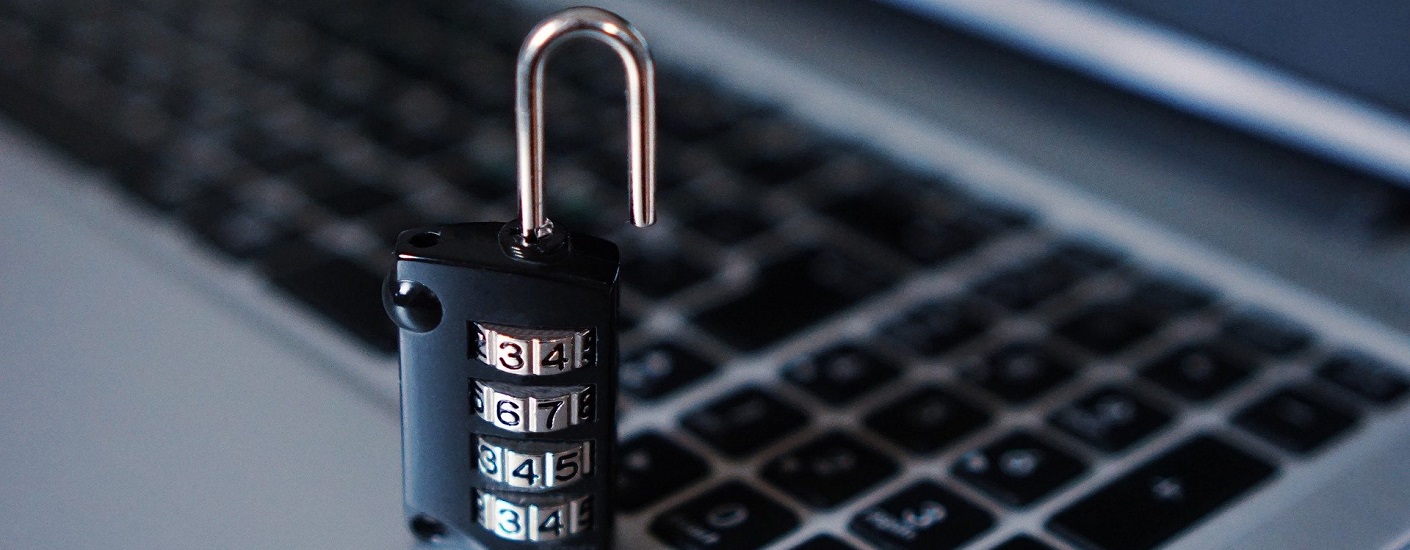The Jazz Around Cyber Security
“How did we not see this coming?” is just one of the striking questions that Chief Security officers are subjected to by senior management and company boards across the world when addressing a cyber-attack or security breach. “Guess should have upgraded to the cyber secure anti-virus and not dismissed the hundredth reminder” is something you or any of us might think when our own systems are targeted by malware or hackers. Because let’s face it- we live in a digital world, and the same has never been more prevalent post-pandemic, as we bring the office back to our homes. As our finances, personal and professional lives intersect and become largely contingent on electronic media, computing, and automation, the threat of cyber attacks is more real than ever. While the ease that comes with doing everything online and in a single click is addictive, companies, individuals, and and all organizations become increasingly vulnerable to fraud, malicious attacks, data breaches, and other unpleasantries.
It has been very well established straight out of the bat that cybersecurity is absolutely essential, and the vital key to being secure in an accessible and well-ordered digital world. What is cybersecurity exactly though? In simple words, Cybersecurity is the protection of internet-connected systems such as hardware, software and data from cyberthreats. The complexities and nuances of what constitutes elements and parts of cybersecurity are much larger than its definition, ranging from sections like application, information, data, network, operational, cloud, critical research, infrastructure security to business continuity planning to disaster recovery. These are just listing around 8 facets, barring end-user education. The practice is used by individuals and enterprises both to protect against unauthorized access to data centers and other computerized systems. You may think the level of threat to a company as opposed to an individual is lesser, but statistics show recent attacks are exponentially increasing- with attacks designed to access, alter, delete, destroy or extort not only an organization's system but individual user's systems and sensitive data.
As coronavirus came and the ensuing pandemic raged, industries all over the world adapted to having their employees work in a remote setting or a hybrid model. While your work-related data is still at a higher rung of protection keeping in mind compliances and cybersecurity measures taken by companies, working as individuals, especially at home has made us an easier target now more than ever for phishing and many more attacks. A Netscout report states “But it’s not just the big companies and organizations that get hit. Average, everyday consumers experience phishing schemes, ransomware attacks, identity theft, data breaches, and financial losses. For instance, it takes just five minutes to hack an internet-connected device, which includes your smartphone, smartwatch, onboard automobile computer, smart television, and home control systems.” The growing volume with increased sophistication and subsequently extreme dire consequences of cyberattacks highlight how important the need for security training, for organizations to have an effective security awareness program in place.
Everyone knows it is essential- but not the scope and how diverse a legitimate cybersecurity system can be. The concept brings together various elements of what makes up the end product of securing our systems, and most importantly data- no matter how minute or significant. In a recent Gartner survey, “security and risk leaders ranked the cyber-physical systems as their top concerns for the next three to five years”. In the world of automation, cloud, and agile technology, attackers do not stop at physical systems but successfully infiltrate physical production and logistical operations. How do they do this? This one would be a long list- using ransomware, Denial of service (DoS), man-in-the-middle, Malware, Insider threat, Spear phishing, SQL Injection, and password attacks just to name a few. Different types of infiltration allow hackers to eavesdrop, intercept relayed messages, use spyware such as Trojans, attack computer files, uncalled encryption, and then extortion for decryption. Besides this, disrupt the traffic of a targeted system, such as a server, website, or other network resources, and crash systems. Each instance adds to why we stated that the consequences of such attacks just get larger and difficult to deal with time.
Some good news and rebate can be that while there are several ways to be the victim of a malicious cyberattack, cybersecurity has various sections as stated at the start, of which successful coordination can convert into successfully protecting the organization and yourself. A large part of the same is using automation as an integral component- expanding into AI, machine learning for high volume data helps in threat detection, response, and eliminating the risk of error with human augmentation. Companies can have attack and malware classification, traffic, and compliance analysis. For individuals, doing the bare minimum can go a long way- this includes keeping our networks and wifi secure, using firewalls and encryption, and keeping track of our devices and data. However, maintaining cybersecurity in a constantly evolving threat landscape remains a challenge for all organizations. Older and traditional approaches which reacted with just protecting our systems against a few known threats can no longer be a sufficient tactic. To recognize, align and eventually keep up with constantly evolving security risks, more proactive research and an adaptive approach is necessary. Several key cybersecurity advisory organizations offer guidance. “For example, the National Institute of Standards and Technology (NIST) recommends adopting continuous monitoring and real-time assessments as part of a risk assessment framework to defend against known and unknown threats.”
Ergo, the jazz and hullabaloo around cybersecurity are not only relevant but extremely important in today’s day and age. As we progress, the good garner with it the bad. Improved recovery time after a breach, business continuity, preventing unauthorized access, protection of data and compliance, and lastly Improved confidence in the company's reputation and trust for developers, partners, customers, stakeholders, and employees- who wouldn’t want in on that?
